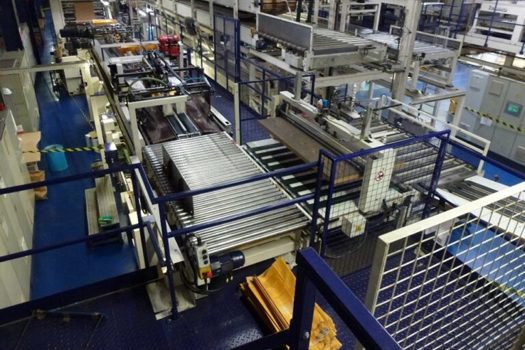At the time of writing, nearly 9m people in the UK are at home, being paid 80% of their wages, or up to £2,500 a month, via the government’s £20bn Coronavirus Job Retention Scheme (JRS), also known as the furlough scheme.
Over the past weeks I have been thinking about the emotions and powerful forces that this scheme has stirred up, as well as its possible knock-on impacts.
Relief is the obvious one. Without this scheme, there’s no doubt that millions of people would have already been laid off as the economy tanked. The unemployment figure would likely be well over 5m already. And those that do get their jobs back, or have done so already, will be mightily relieved, too.
Resentment this cuts both ways. The JRS is not a fair scheme, and those furloughed may understandably feel “why me?”. Some people who’ve been furloughed will be really angry about it. And doubtless some, such as those with large outgoings, single-income households and big families are struggling to make ends meet despite the apparently generous terms. Meanwhile, some of the workers still at the coal face, and perhaps busting a gut covering the roles of multiple absent colleagues, may well think that being furloughed doesn’t seem so bad. This Daily Mash headline summed it up: ‘Furloughed man with no kids and a garden living like a king’. (I have omitted the original profanity from the headline.) Managers and HR departments will need to find ways of forging a new team spirit on the other side of this pandemic to avoid “them” and “us”, post-Covid.
Reinstatement where business is picking up, print bosses are bringing people back to the workplace. Which is obviously great news. However, I’ve heard about some mind-boggling exchanges that have taken place including – wait for it – the case of an employee who, when asked to return, said they’d “rather stay on furlough if that’s OK”. And this was not a case of anxiety about leaving the safety of home to return to work, which is another big factor in all of this. Another print company owner told me that the JRS had made him realise “just how unproductive some of my staff are”. The amount that has been achieved with reduced headcount may cause some to re-evaluate staffing levels entirely. “I’ve realised that where I had ten people before, I’m only going to need eight in future” says another print boss. A note of caution though: there is also a need to be aware of the potential for burn-out among employees who’ve kept things going, and the small matter that no-one is going on holiday at the moment.
Resignations a friend returned from furlough to find that both her immediate managers had resigned. Having time and space to think had resulted in a personal epiphany – one quit because they felt undervalued, the other because they realised they were unhappy and their job was not fulfilling. Despite the likely spectre of large-scale unemployment, bosses should be aware that this enforced sabbatical could result in key people deciding to take a new direction in life.
Revamps the Covid-secure workplace is a very different place to the one we left in March. Working practices have changed. Shift patterns have changed. The factory layout has changed. The ways of working have changed. Coming back from furlough will be like starting a new job.
Redundancy lay-offs are coming. They’re underway already at some printcos. There’s a reason why the JRS is also referred to as the “deferred redundancy scheme”. As the scheme unwinds, firms will have no choice but to make cut backs if business does not bounce back. To repeat a quote from a recent news story: “The furlough scheme will end, and unless you can replace those paid-for labour costs with revenue, then you have a problem.” People will be feeling a huge amount of anxiety about this, there's good reason why there is so much concern about mental health in general at present.
Final thought I’m sure that management gurus and HR pros will be picking the bones out of all of this for years to come. There will be books written, and seminars given.
Industry bosses will need to wrangle with the effects of the workforce dynamics detailed above, and others besides. And work life as we knew it will never be the same again.










